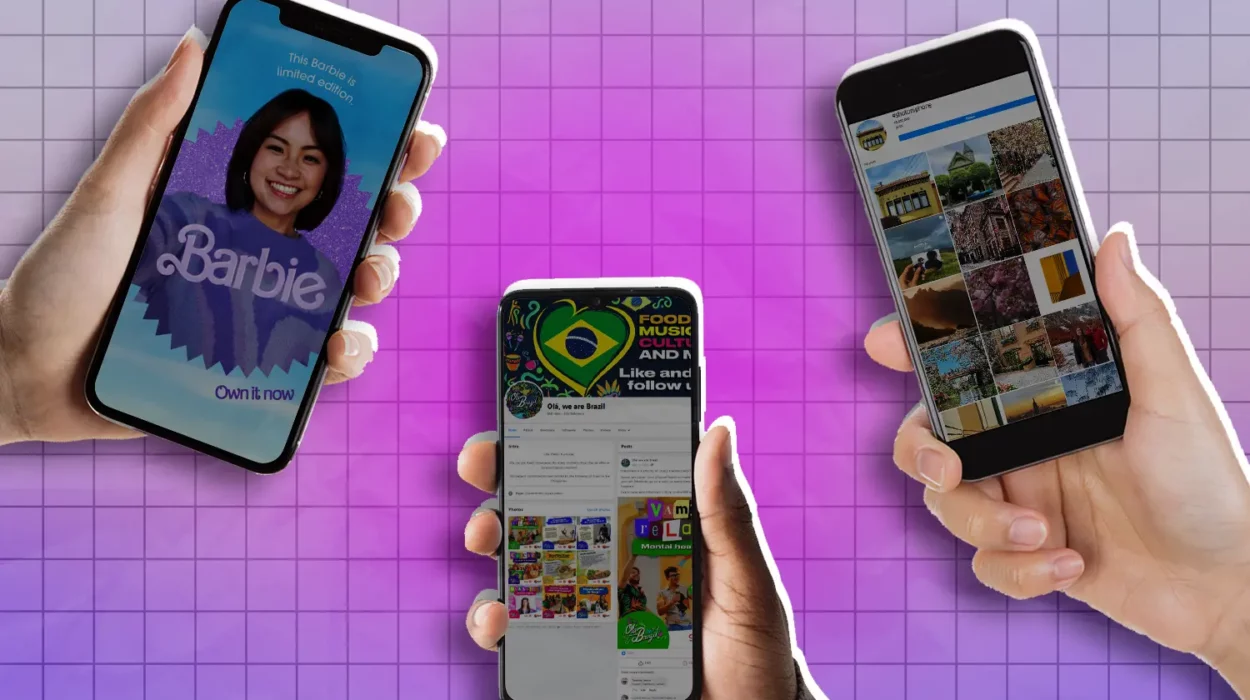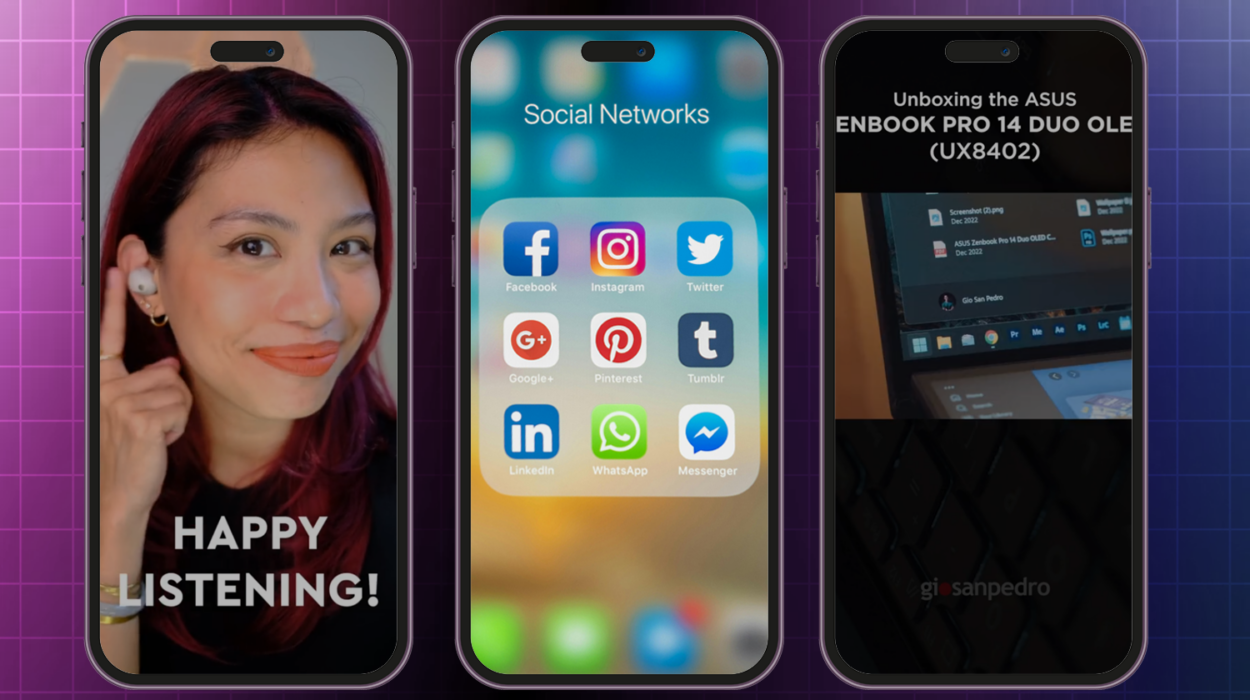Have you ever entered a mall and felt compelled to indulge in a shopping spree? It’s not just chance, it’s all in the design.
“Nowhere else in the world has a population so absorbed in the shopping mall lifestyle.”
This came from a feature done on mall life in the Philippines from the eyes of a foreigner. If you’ve lived in the Philippines, you know that this sentiment cannot be further from the truth.
Today, malls are not just places to buy necessities, but destinations for entertainment, socializing, and self-expression—especially in the Philippines. But have you ever wondered why malls have such a strong hold on our spending habits? Here are 8 ways mall design motivates shopping sprees:
1. Impulse Buying Triggers
You go to the mall to grab one item but come home with heaps of shopping bags. That’s because even a 10% discount is enough to convince someone to make a purchase. According to a study done by Namogoo, two-thirds of shoppers would make a purchase provided there was a discount, regardless of whether they initially planned to buy something. Mall promotions create a sense of urgency, such as special sales, limited-time offers, and in-store discounts. These triggers are designed to get shoppers to buy on the spot.
2. Escapism
School or work ended early? Got nothing to do this weekend? Malls are ideal avenues for escapism to shake off the stress and demands of daily life. This escape can be a form of self-care, leading to purchases that make shoppers feel good. It also helps that all malls are equipped with large-scale air conditioning units, perfect for escaping 30-degree weather.
3. Experience-Driven Shopping
Experience-driven shopping has evolved over the years. It began with food courts, movie theaters, and arcades. Now, there are malls that boast bazaars, escape rooms, and even indoor mini-golf courses. Adventurous shoppers are often motivated by their desire to make the best out of their trip to the mall.
4. Scripted Disorientation
Some malls seem like unnavigable mazes, with escalators that skip levels and hallways that span at outrageous lengths. Malls are designed to disorient shoppers, leading them to take longer and more circuitous routes through the store. Some mall designers have even admitted to purposely designing malls this way to drive impulse buying.
5. Open-Space Simulation
In the Philippines, malls outnumber parks. To compensate for the lack of green spaces other countries boast, malls today are leaning into eco-friendly architecture that simulates open spaces. You may have noticed that more Ayala malls have internal gardens and fountains to simulate the feeling of being in a vast, open space. That’s because studies have shown that sustainable interior design and open-space floor planning can positively influence shoppers to purchase and even increase mall revisits.
6. Social Interaction
While Filipinos are culturally collectivist, there aren’t many parks in the Philippines suitable for small get-togethers, parties, or even intimate dates. Kids, teens, and adults all meet up and hang out at the mall. Malls provide an ideal setting for people to spend money as they bond. In fact, six in 10 adults say they end up spending more when shopping with friends or family.
7. Cause for Celebration
Malls often use holidays, special events, and festivals to create positive associations with shopping—whether it’s Chinese New Year special menus, Valentine’s Day promos, or Christmas grand sales. This strategy is ideal for Filipino shoppers who are naturally drawn to anything that is cause for celebration.
8. Nostalgia
Most Filipinos’ favorite malls are attached to a personal core memory, whether it was for a mall’s trademark fireworks show every new year, a mall’s skating rink, or a childhood favorite food stall. Malls are cultural spots that can evoke feelings of nostalgia, which can influence multiple revisits and even motivate purchases. A study on nostalgic advertising noted that nostalgic settings with positive personal associations can lead to strong buying intent.
In conclusion, mall design is not just about aesthetics, but about creating a shopping experience that motivates purchases. From impulse buying triggers to positive associations, mall design uses a range of psychological tactics to make shopping irresistible.
M2.0 Communications is a leading PR firm in the Philippines that helps brands tell meaningful stories. Visit our case studies page to learn more about our work.


